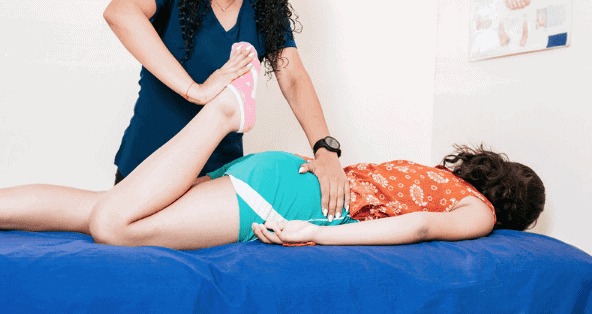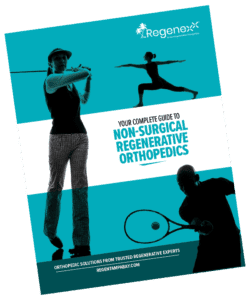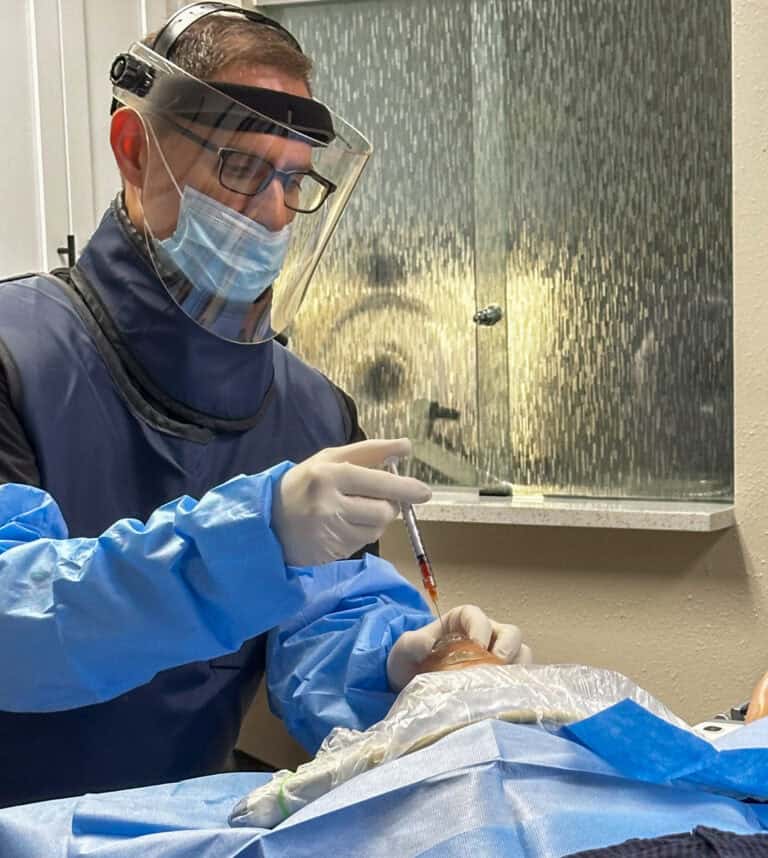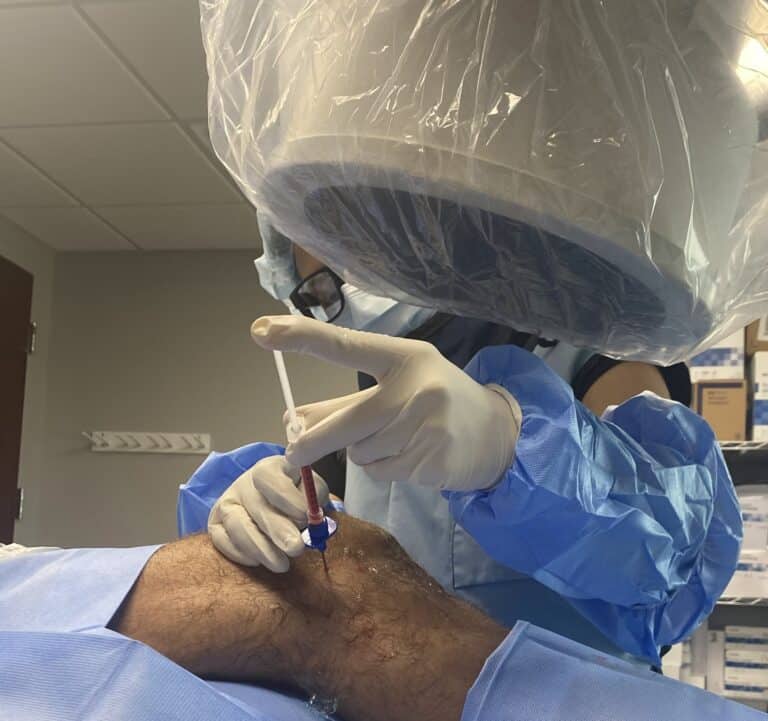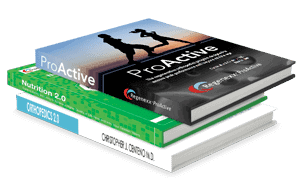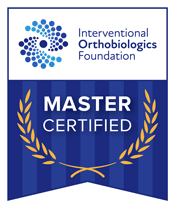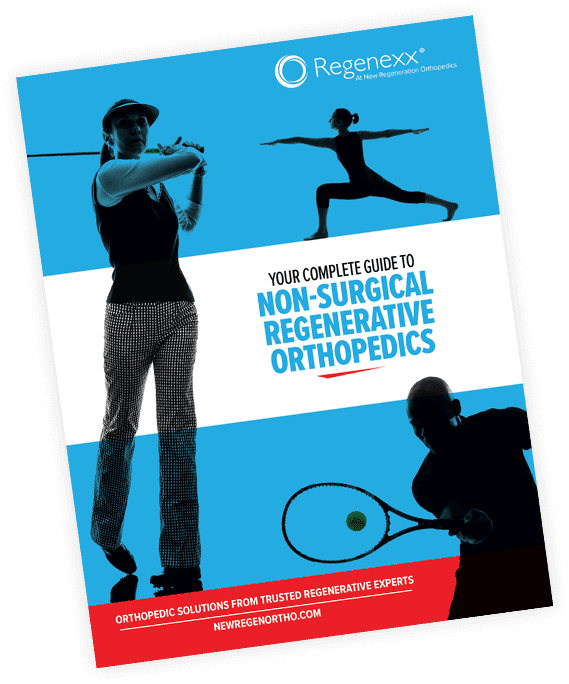Knee Pain is Common
Knee pain is one of the leading issues seen in orthopedic medicine. That raises the question, why is knee pain such a common issue? I often say this quote: common patterns cause common imbalances that causes common dysfunction.
In the case of the knee, common patterns can lead to dysfunction causing tendinitis, arthritis, or even damage to the meniscus. Some of the common patterns we see are weakness in the hip and tightness in the ankle, to name a few. A common pattern that leads to knee dysfunction and pain is called lower-crossed syndrome.
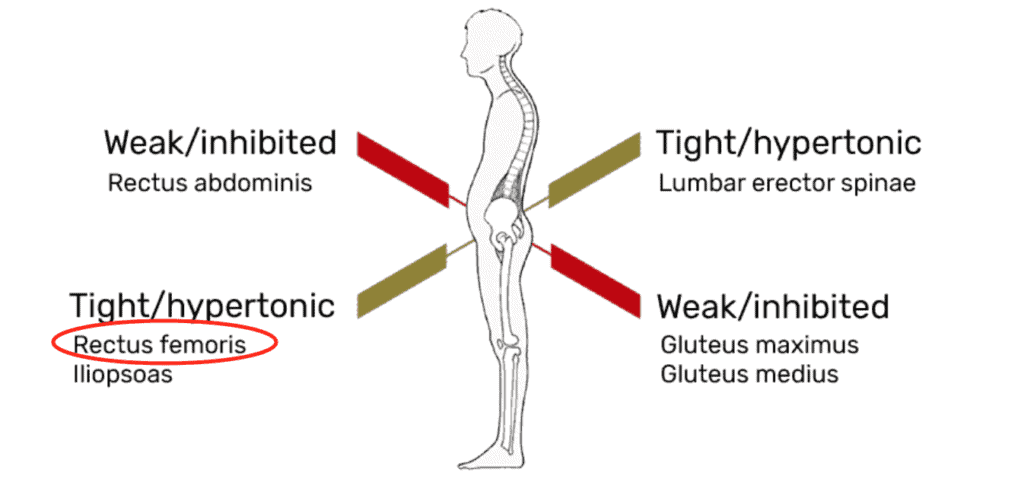
What is of note in lower-crossed syndrome is the imbalance between tight and weak muscles. It is one of the most common patterns seen in all of orthopedics. In the case of the knee, we circled rectus femoris because although this muscle imbalance syndrome is focused on the muscles about the pelvic region, the rectus femoris or “quad” muscle is important to focus on.
The Quad
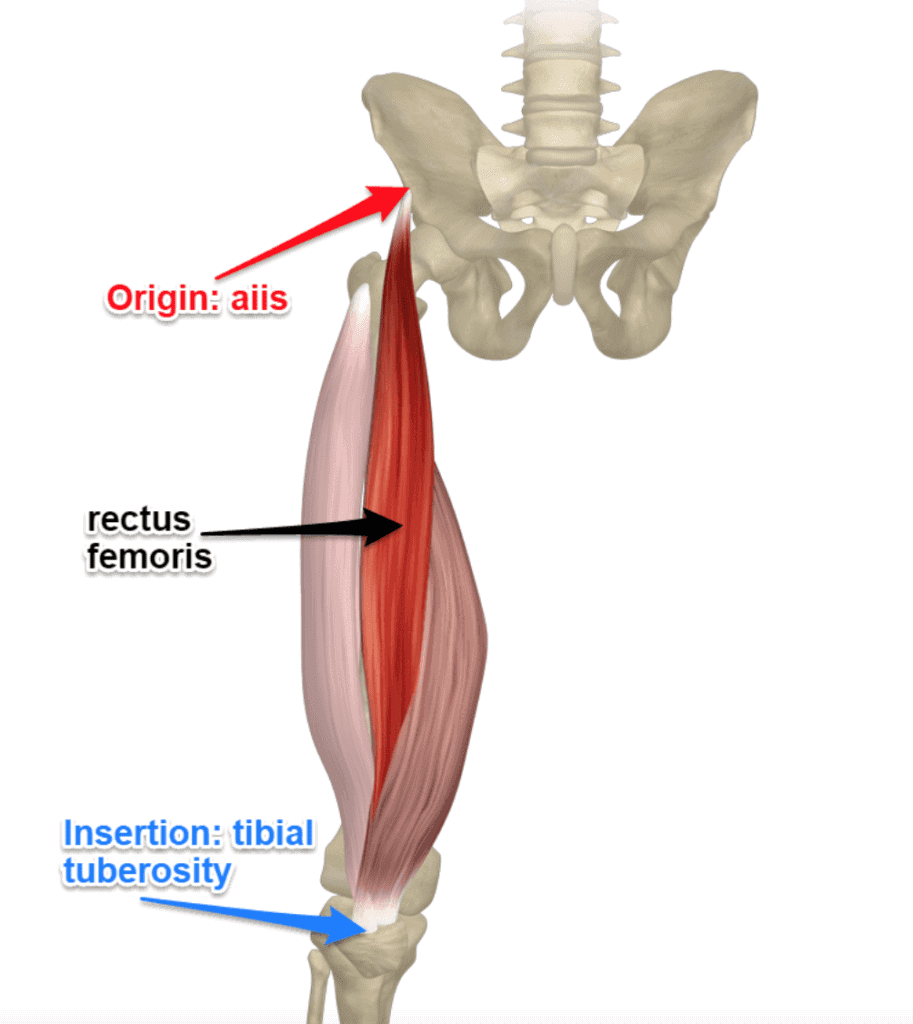
The rectus femoris muscle is often referred to as “the quad;” however, it is one of four muscles that make up the front thigh musculature. The rectus femoris, in particular, is the longest of the four quad muscles, and crosses two joints: the hip and the knee. The problem of this two-joint-crossing muscle is that the rectus femoris is often too tight or too short, as pictured in lower-crossed syndrome, causing functional changes at the pelvis, hip, and knee. So, when it comes to knee pain, a simple quad stretch can go a long way to alleviating or preventing knee pain.
A quick self-test is if you lay on your stomach and grab your ankle, can your heel touch you buttock? If not, your Rectus Femoris is too short. This could be causing your existing knee issues or lead to knee issues in the future.
The Stretch
Note: Before beginning any exercise or stretching regimen, please consult your physician. This is a sample recommendation and should not be used in lieu of medical advice.
- Lie face down and bent the working knee. If you have tenderness in the knee with bending, place a rolled hand-towel behind the knee.
- Reach back and grasp the ankle.
- Straighten the knee against your own resistance using 20% of your force, for 5-10 seconds.
- Exhale and gently pull your ankle towards your hip.
- Repeat the stretch with the gentle contraction for 1 minute, and build up to 2-3 minutes of this stretch.
The Takeaway
Pain in a joint, like the knee, can be from pathology originating in the joint. However, even that pathology came from somewhere, and that somewhere can often times be traced back to a muscle imbalance. The quad is one of the biggest offenders in the lower extremity that can wreak havoc on the hip and knee if its length is not maintained. Performing this stretch daily, and especially after doing a lot of sitting, walking, or activities can help alleviate or prevent knee pain.
If your knee pain is causing you to sit out of activities you love like running, pickleball, or even playing with your grandchildren, we can help in one of our Regenexx at New Regeneration Orthopedics of Florida offices in Orlando, Tampa, St. Petersburg, or Sarasota.
